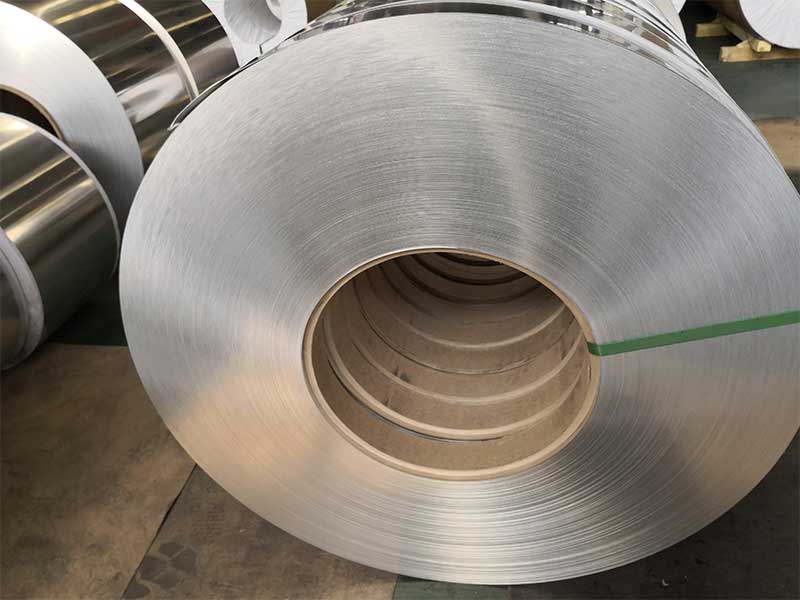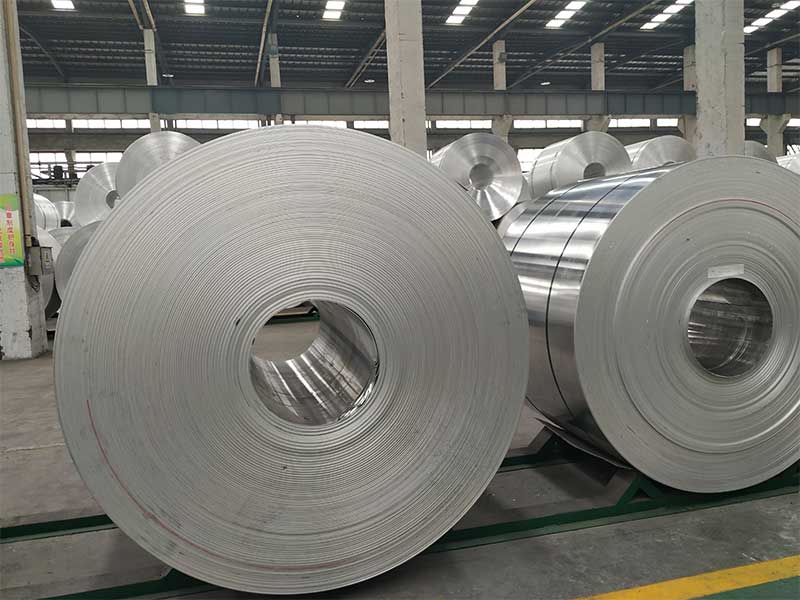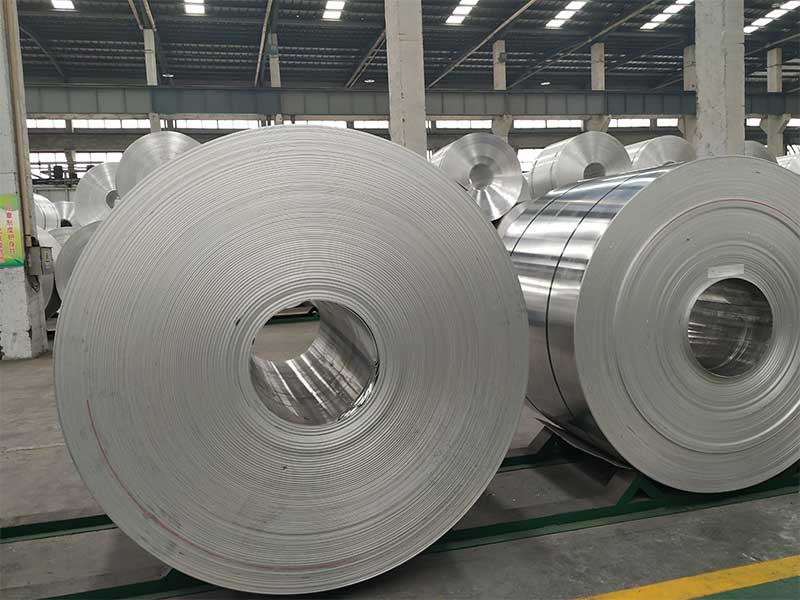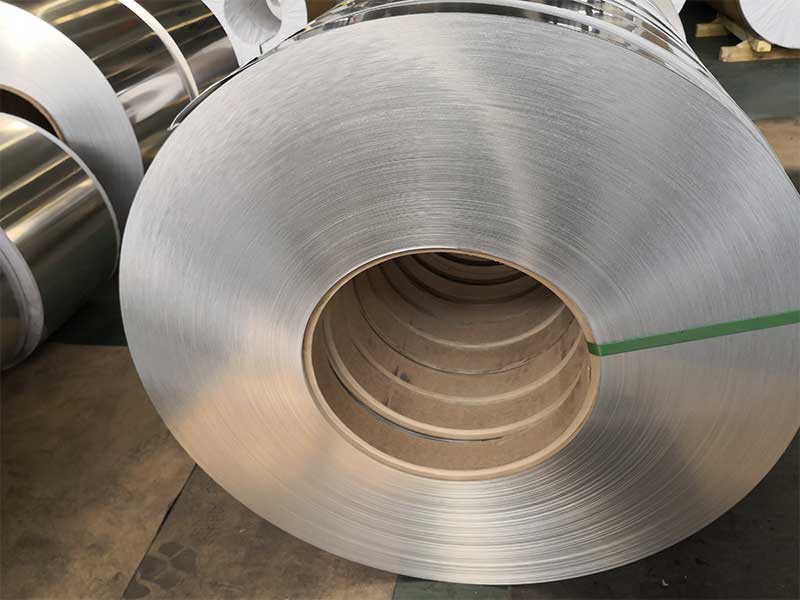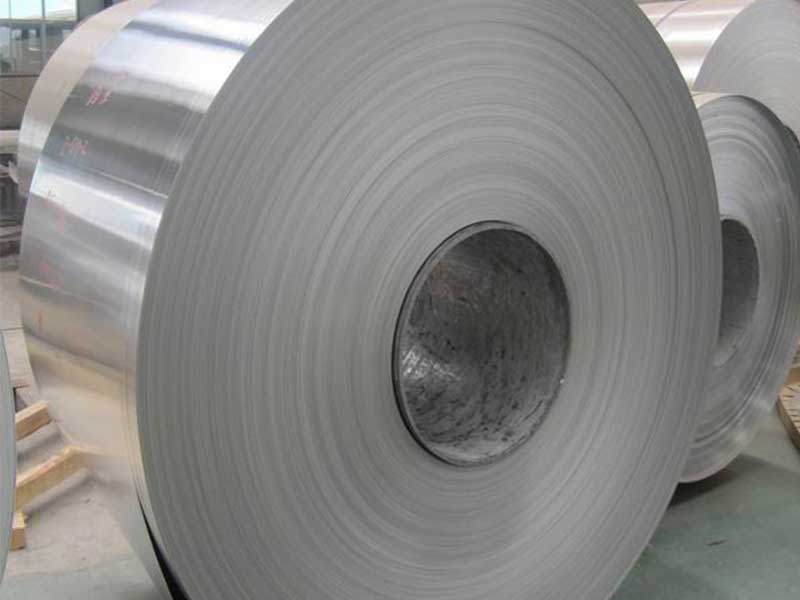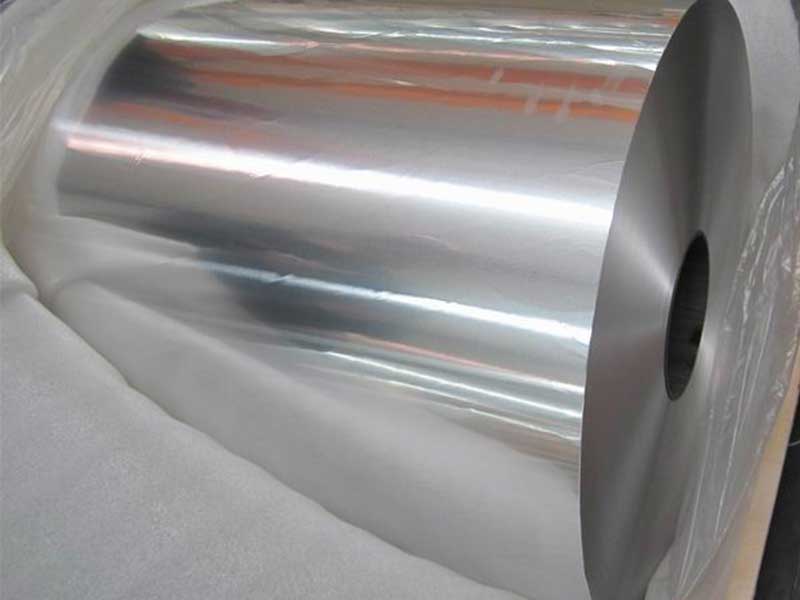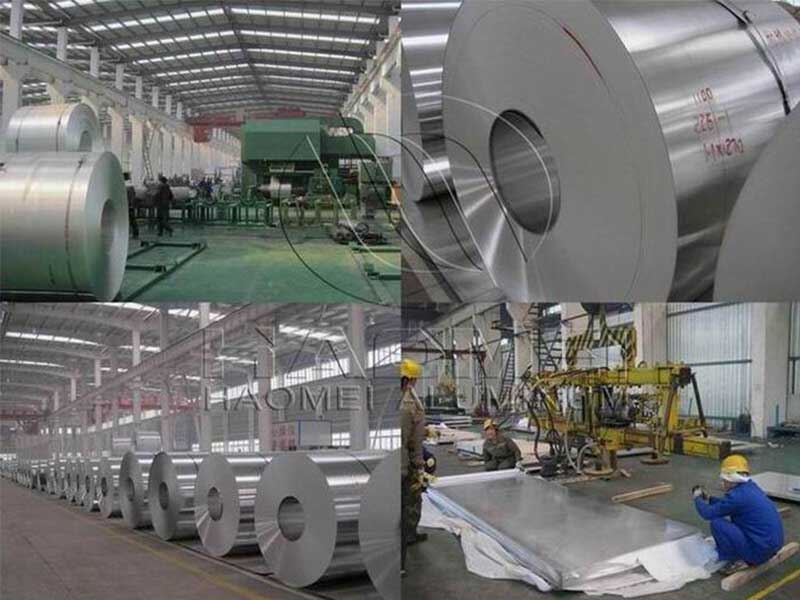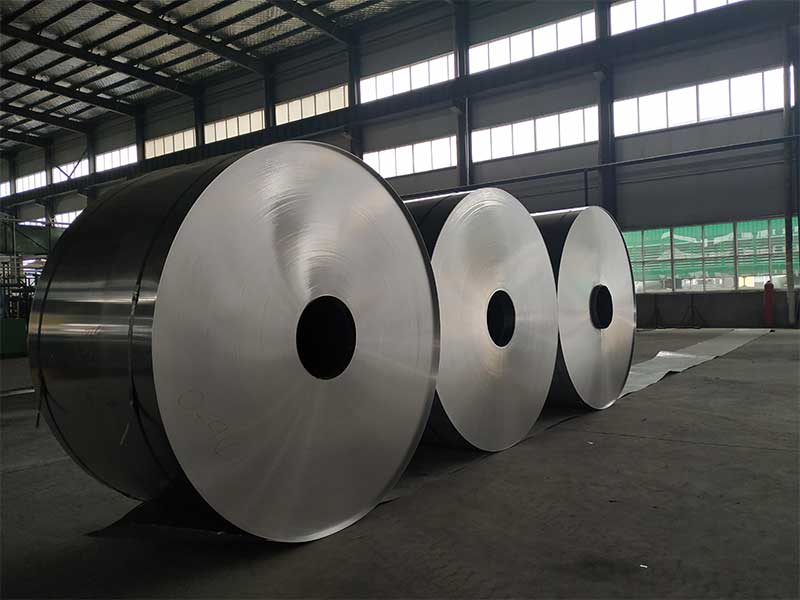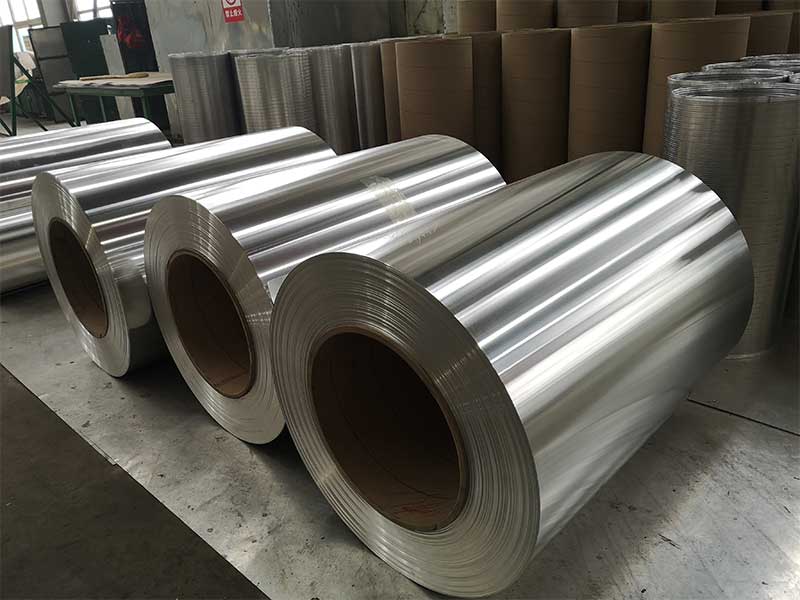2025-02-11 https://www.aluminum-coils.com/a/aluminum-coil-new-ecosystem.html
The Aluminum Coil New Ecosystem: A Multifaceted Approach to Innovation
In today's fast-paced industrial landscape, the aluminum coil ecosystem is evolving rapidly, transcending traditional applications and contributing to contemporary sustainability initiatives. With its remarkable features and wide-ranging uses, aluminum coil has emerged as a crucial component that shapes various sectors, from construction to aerospace.
The aluminum coil new ecosystem is rapidly evolving beyond the traditional model of raw material sourcing, processing, and distribution. We're seeing a significant shift towards greater vertical integration, with larger players controlling more stages of the supply chain, from bauxite mining to finished coil production. This leads to greater efficiency and cost control, but also raises concerns about market concentration and potential price volatility. Furthermore, the increasing adoption of advanced technologies like AI-powered quality control systems and predictive maintenance for rolling mills is revolutionizing production processes. This allows for more precise manufacturing, reduced waste, and improved product consistency, ultimately leading to higher-quality aluminum coils with faster turnaround times. The integration of these technologies also necessitates a new breed of skilled technicians and engineers, capable of operating and maintaining these sophisticated systems.
A crucial aspect of this new ecosystem is the growing emphasis on sustainability and traceability. Customers, particularly in the automotive and aerospace sectors, are demanding greater transparency regarding the origin and environmental impact of the aluminum used in their products. This necessitates robust tracking systems throughout the supply chain, coupled with commitments to responsible sourcing and reduced carbon emissions during production. We're witnessing the emergence of certification programs and industry-wide initiatives focused on promoting sustainable aluminum coil production, driving innovation in areas like recycled aluminum utilization and energy-efficient manufacturing practices. This pressure for greater sustainability is reshaping not only our internal processes but also the relationships we have with our suppliers and customers, demanding a more collaborative and transparent
Unpacking the Distinctive Features of Aluminum Coils
At the heart of the aluminum coil's innovation is its inherent lightweight yet durable nature. This unique balance of characteristics greatly influences the usability and performance in numerous applications. Aluminum coil is noted for its corrosion resistance, malleability, and excellent thermal conductivity, making it an ideal material for vibrant industrial use.
So what exactly sets it apart? The manufacturing process of aluminum coils involves the careful melting and rolling of aluminum into thin sheets. This not only conserves material but also enables recycling, which undeniably connects back to environmental sustainability. Moreover, their continuous production technology minimizes waste, further enhancing the ecological profile of aluminum products.
Applications That Propel Industries Forward
One might even say that aluminum coils are the unsung heroes of several sectors. Considering the construction industry, aluminum coil is extensively used in roofing, siding, and window frames due to its ability to endure extreme weather conditions while providing aesthetic value through various colors and finishes. As buildings aim for greater energy efficiency, employing aluminum composite panels has become a popular way to manage thermal performance without compromising style.
In the automotive industry, as manufacturers shift towards lighter materials to improve fuel efficiency, aluminum coil has found its niche in body panels and engine components. By implementing aluminum coil technology, vehicle weight is significantly reduced, thus enhancing aerodynamics and performance—factors in a climate-conscious era.
The manufacturing realm also deploys aluminum coils comprehensively, especially in the production of packaging materials. From food and beverage containers to high-performance consumer products, aluminum's non-toxic and recyclable nature suggests an ecological advantage over traditional materials like plastic—aligning with increasing global demands for sustainable alternatives.
Additionally, this versatile material is being harnessed within renewable energy applications. Solar firms are integrating aluminum coils into reflective surfaces in collectors or wares, helping harness solar energy more effectively. The forward movement of energy consumption significantly rests on innovative solutions like thin, durable aluminum solar panels, showcasing its ability to adapt while meeting modern needs.
Challenges and the Path Ahead
However, it’s essential to be cognizant of the challenges that accompany any new ecosystem, including aluminum coils. As demand surges across different sectors, manufacturers face hurdles such as resource sourcing, production efficiency, and maintaining cost-competitive pricing. Furthermore, innovative technologies must keep pace with industry demands without sacrificing reputation or quality.
A Final Look at the Future Signs
Ultimately, the aluminum coil ecosystem is reflective of a broader vision where lightness and strength redefine industries. With its characteristic qualities, aluminum coils contribute to enhancing energy-efficiency standards, fostering recycling practices, and propelling industries towards greener technologies.
As the story unfolds, it's clear that we are just beginning to scratch the surface of what the aluminum coil ecosystem can achieve. Through strategic partnerships, innovative technologies, and a collective commitment to sustainability, the potential for evolution within this fascinating domain is boundless. By embracing its features and applications, industries are paving the way for a future that prioritizes both performance and environmental responsibility — a true revolution in how we forge, produce, and innovate with aluminum coils.

